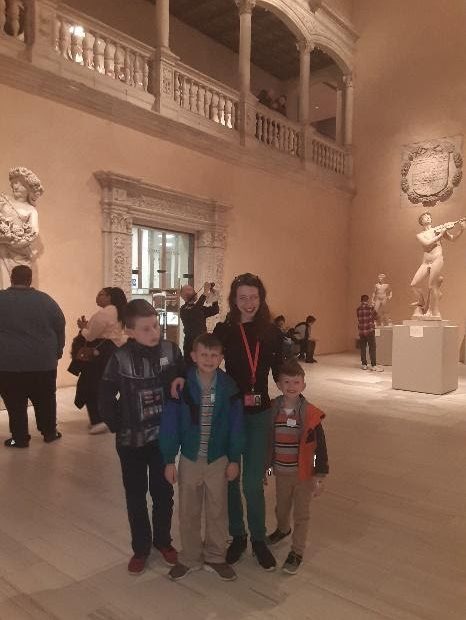By Rose O’Neill FCLC 2021
Click here for Rose’s experience while interning at the Met during the Covid-19.
One of the most challenging aspects of adapting to remote workplaces over the past year is navigating communications with colleagues. Outside of the office, the process of quickly asking a co-worker a question takes more time and feels more formal. Being new to an office in which I did not know anyone made it even more intimidating.
Luckily for me, everyone in New York City Ballet’s development department was extremely welcoming. My supervisor called me in the morning every workday to check in. This gave me a good opportunity to ask questions that seemed too low-stakes to be the sole purpose of a phone call or email. It also allowed me to get to know him better, and we sometimes spent a few minutes chatting about more personal interests.
A number of my assignments also necessitated collaboration with other members of the department. One of my favorite things to work on was WordFly communications. In WordFly, I drafted messages and inserted images into an already-uploaded template. These elements formed emails to go to donors. Because the emails would be seen by so many people, they could not have any mistakes. Another member of the development team taught me how to use WordFly. Once I had written drafts to work with and selected possible images to include, I would send a test email to other people in the office to ask for their suggestions. I received critiques over email. Sometimes, I had so many questions about the feedback that I would need to set up an additional call to ask these questions.
Once I had gotten the necessary people in the development department to look my test emails over, I would send the test to the marketing department. The marketing department would reply with even more feedback, sometimes giving me preferred verbiage or editing the images for me. When I needed clarification on this feedback, I was able to reach out to someone else from the development department for help.
Because of the kindness with which I was treated at this internship, I now realize more fully the importance of having a group of colleagues that can give advice. I look forward to meeting some of my co-workers in person this summer at New York City Ballet’s outdoor engagements at Lincoln Center.

